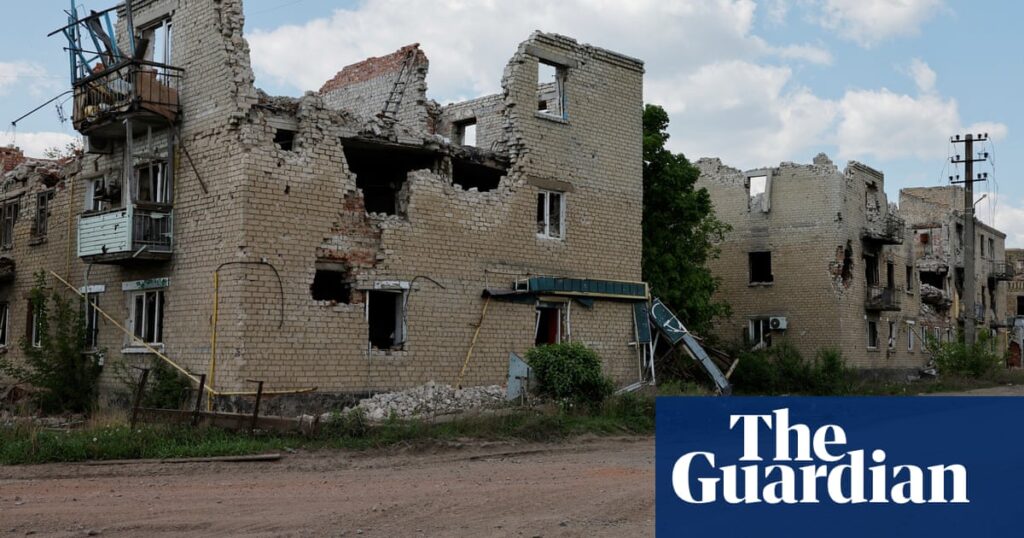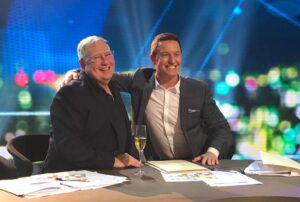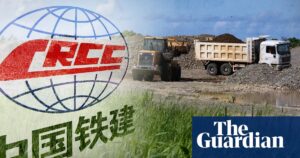
North Korea’s state media revealed images on Monday of leader Kim Jong-un draping coffins with the national flag, marking what appeared to be the repatriation of soldiers killed while fighting for Russia in Ukraine. This solemn ceremony coincided with the commemoration of a landmark military treaty between the two nations. Photographs displayed during a gala performance by North Korean and visiting Russian artists in Pyongyang showed Kim standing by rows of coffins, covering them with flags and pausing with his hands resting on them.
Meanwhile, Russian forces have reportedly captured a village in Ukraine’s Dnipropetrovsk region for the first time in their ongoing offensive, according to Russian state media and pro-war bloggers. Dnipropetrovsk, located west of the Donetsk region, is not one of the five Ukrainian regions over which Russia has claimed formal territorial rights. However, there has been no immediate confirmation from Ukrainian officials or the Russian defense ministry regarding this claim.
Russia’s Claim Over Luhansk
Moscow’s forces have announced the seizure of the entire Luhansk region, one of four regions Russia illegally annexed from Ukraine in September 2022, despite not fully controlling any of them at the time. Leonid Pasechnik, a Russia-appointed official in Luhansk, stated on Monday that the region is now entirely under Russian control. If verified, this would mark Luhansk as the first Ukrainian region to be fully occupied by Russia after more than three years of conflict. Kyiv has yet to comment on Pasechnik’s assertion.
In an interview with Russia’s state TV Channel One, Pasechnik mentioned receiving a report “literally two days ago” confirming that “100%” of Luhansk is under Russian control. This development represents a significant milestone in Russia’s military objectives in Ukraine.
International Reactions and Economic Implications
As the conflict intensifies, the European Union announced on Monday a new long-term trade deal with Ukraine, focused on agricultural imports. This agreement comes after protests from EU farmers led to the imposition of quotas on tariff-free Ukrainian agricultural imports. The European Commission stated that the new deal, which is yet to be finalized, will maintain quotas on sensitive agricultural products while Kyiv will reduce its quotas for pork, poultry, and sugar imported from the EU. Additionally, Ukraine aims to align its food production standards with those of the EU by 2028.
Furthermore, the International Monetary Fund (IMF) completed its eighth review of Ukraine’s $15.5 billion four-year support program, approving an additional $500 million disbursement. This brings total disbursements to $10.6 billion. The IMF warned of “exceptionally high” risks to Ukraine’s economic outlook amid the ongoing war.
Geopolitical Tensions and Diplomatic Stalemates
German Foreign Minister Johann Wadephul, during a visit to Kyiv, criticized Russian President Vladimir Putin’s intentions, stating that Putin “wants to subjugate the whole of Ukraine and at the same time spread fear throughout Europe.” Wadephul dismissed Putin’s “alleged willingness to negotiate” as a facade. Kyiv and its allies have accused Russia of undermining diplomatic efforts, which have stalled despite Washington’s push for a swift peace agreement.
This development follows a series of diplomatic and military maneuvers that have further complicated the geopolitical landscape. As the conflict continues, the international community remains divided on how to effectively address the crisis while balancing economic interests and humanitarian concerns.
In conclusion, the situation in Ukraine remains volatile, with significant implications for regional stability and international relations. The coming weeks will be crucial in determining the trajectory of the conflict and the potential for diplomatic resolutions.







